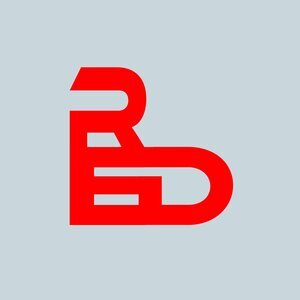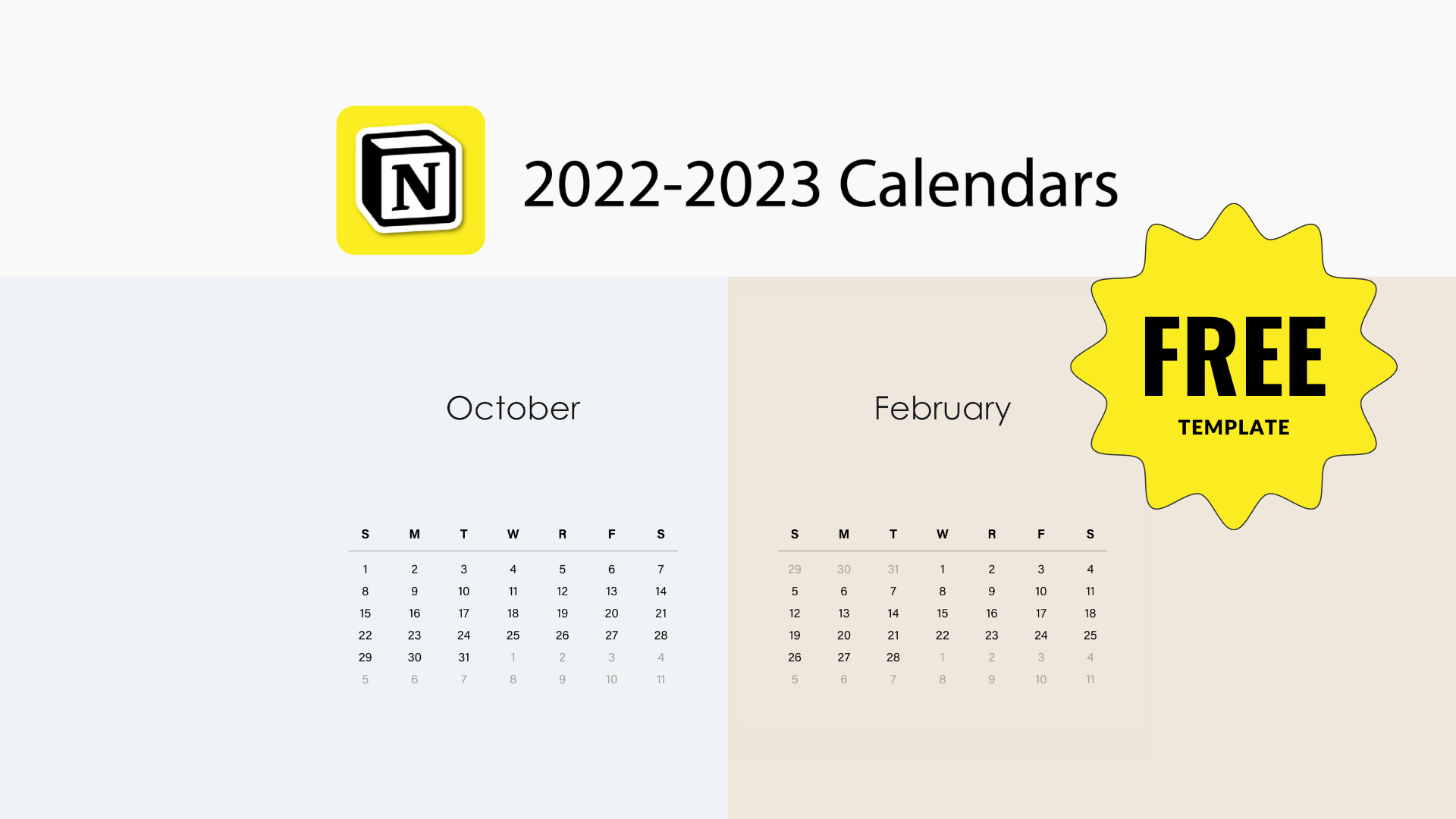🌀 Knowledge System
I've always wanted to tackle the Zettelkasten method inside Notion, but the lack of backlinking has held me back thus far. Now that linking backward is available, I'm able to quickly group related notes without excessive relation properties. Today, I want to show you how I plan to implement Zettelkasten principles into my Notion workspace.
This is not a “by-the-book” "Zettelkasten; I utilize the webbed-approach and hierarchy blueprint loosely to aid queries. A molding of my old system, of which is substantial, and this new framework (which is proving to be very useful). I’m bound to make more changes in the future to cater new needs. If you want to create your own system that works for you, I recommend following the same "webbed" approach (smart tagging and relating) over strict hierarchy.
Any program with backlinking can be used. Notion is just my go-to. I was a bit fearful to make this considering this method has a lot of passionate followers, which is why I was scared of this title: "How To Implement Zettelkasten Inside Notion." Rather I chose: "Zettelkasten In Notion & How I Use Its Principles."
Tour Of My Setup
The Video Summarized
Zettelkasten isn't as complicated as some believe it is. In fact, this framework will simplify your notes, not complicate them. There are no categories or premeditated sorting methods; just tagging and/or relating.
The Tagging (Optional)
Tagging is for the sake of the query, in other words, finding notes easily via a subject matter. In short, tags will create "focused" hubs of content.
How I use tags: I restrict myself to one "focus" tag and one "broad" tag. (syntax: nutrition.HEALTH)
The Relating
Relating notes to one another creates "categories." Instead of starting with an overview note (ie. civil war), you can create a note about anything, and via connections to other notes, a "broad" hub of connected content will be created. This growing web of similar content is also helpful for querying. Backlinks will collect all connections over time. (create new page w/ backlink: "[[", "@", "+")
Relate in the body of the note (subordinate): breaking down something inside a note.
Relate as a continuation of a note: a note that is closely related and a direct continuation.
Luhmann's Card Address
To separate continuation and subordinate notes, Luhmann used an alphanumeric framework that looks like this: (1 ... 1a ... 1b ... 1.1 ... 1.2 ... 1.2a ... 1.3). Here's how my notes break down in this system using Music Therapy as an example.
1 Idea → Idea (visible improvement after music therapy)
1a → Subordinate to something in Idea 1 (Music Therapy Association (AMTA))
1a1 → Continuation of Idea 1a (not clinical music therapy)
1a2 → Continuation of Idea 1a (what credentialed music therapists do)
1a2a → Subordinate to something in Idea 1a2 (MT for children who have autism)
1a2b → Subordinate to something in Idea 1a2 (MT for Parkinson’s disease/improve motor function)
1b → Subordinate to something in Idea 1 (MT: qualitative and quantitative research)
You absolutely don't need to use this card address literally. In fact, I would advise you not to inside a digital Zettelkasten. This alphanumeric setup, however, breaks down how the notes connect that is visually straight forward.
Every time a new note is created, it will slip into the above structure.
Adding Notes To My System
Is it a new idea that is not in the system?
I start every new idea in the system with a "start" card.
Is this idea connected to a note already in the system?
I query the tag or note that may relate to this idea.
Add idea to the body of a note that already exists or
Add idea as a continuation of a note that already exists



